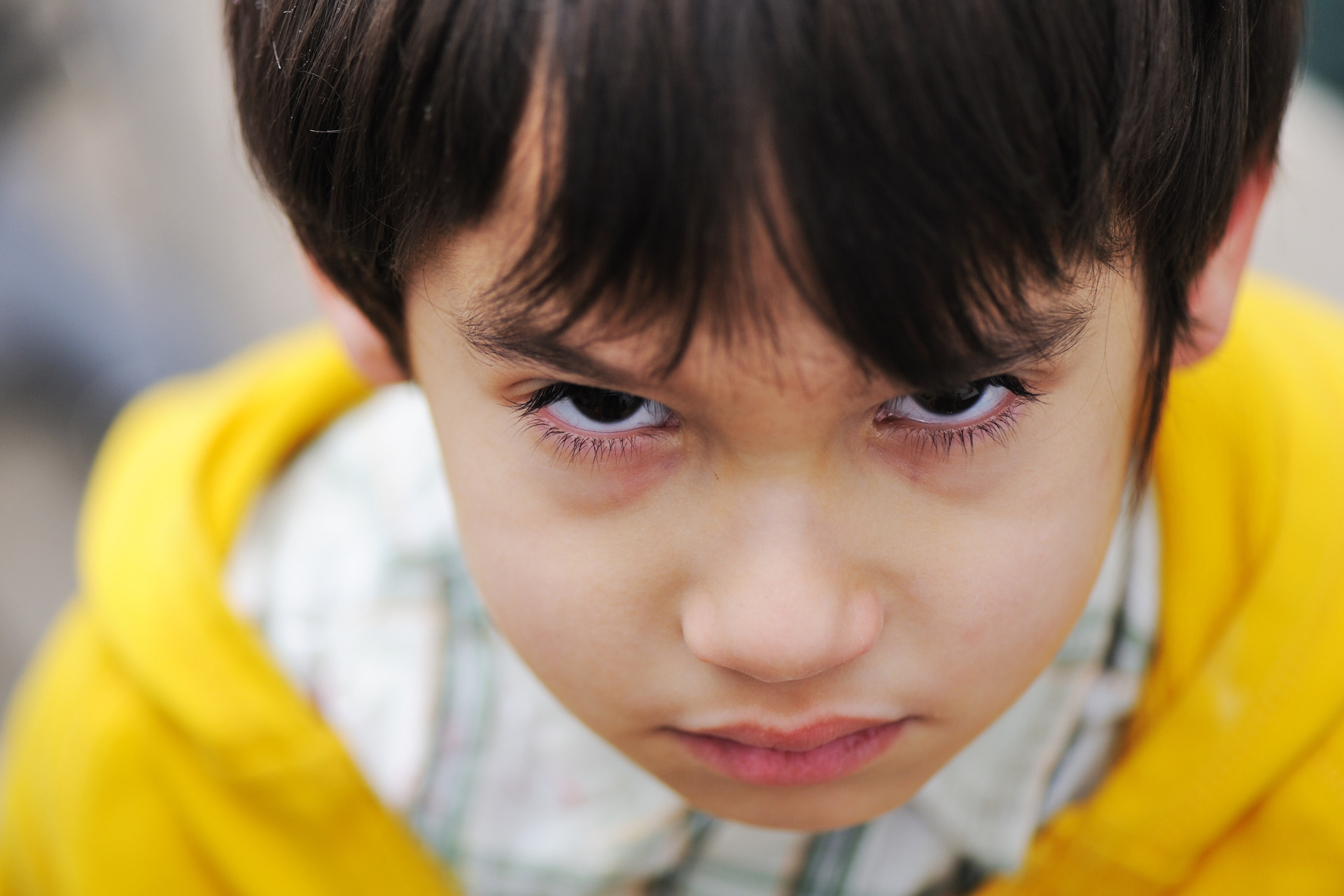How to Teach Kids About the Purpose of Anger
Have you ever felt like it’s impossible to keep peace between your kids? One minute things are going fine and the next they’re at war! The most important skill to learn in resolving conflict is learning about the purpose of anger, why we feel it, and what to do with that angry feeling.
Anger often has a bad reputation because of the strong emotions it can cause one to feel. But it’s important to teach kids that anger is actually a very useful tool to help them get to the heart of what’s bothering them, and how to resolve conflict at the root of the issue.
Want to help teach kids about the purpose of anger? Here are some principles to review with children before their next fight happens.
Teach Kids About Anger as a Healthy Emotion
First, it’s important that kids understand that feeling anger isn’t a bad thing. It’s normal for kids and adults to get angry when we feel hurt because we’re not treated well, or when we see something that isn’t right or fair. Anger, on its own, is a healthy emotion and a righteous one — an emotion God gave us for a reason. God cares deeply about justice, which is why He gave us the ability to judge what’s right or fair. Anger is usually the result of a sense of injustice and should be treated like a warning system to a deeper issue going on.
To teach kids about the purpose of anger, the first thing to do when angry feelings flare up, is to help them identify if there’s an injustice happening. Ask them to calmly describe what they’re feeling with words, and to discuss what happened and what they can do about those feelings.
The next principle to help teach kids about anger, is that the Bible tells us to avoid sin when we get angry. Just because anger is a normal, healthy emotion, doesn’t mean it can’t easily lead us to sin. Ephesians 4:26 says, “Be angry and do not sin…” So, what are the ways we can sin when we get upset about injustice?
Teach Kids to Avoid the 3 Ways Anger Can Lead to Sin
1. Anger Because of Selfish Ambition
Perhaps one of the most common ways anger in children can lead to sin, is through selfish ambition. They want to do something, or go somewhere — they have ambition — but someone isn’t letting them do it, therefore they’re angry. Maybe they think it’s only fair they should get to do it; they might even be right! But while they can make an appeal, the Bible says getting angry over selfish ambition is sin. Just look at James 4, where it says fights come from wanting something and not getting it, or Philippians 2, where it says we shouldn’t do anything out of selfish ambition.
So, how can we combat anger in kids over things they want to do but can’t? By building joy through empathy. At every opportunity, help teach a kid how to take pleasure in seeing someone else enjoy doing something, even when they can’t enjoy the experience themselves. For example, if a sibling is at an event or doing something, they might be bored or angry that they can’t do the activity themself. But challenge the child to set those feelings aside for right now and focus on taking pleasure in someone else’s joy or activity. This kind of focus will help your child have the heart of Jesus for others and their ambitions, instead of selfish ambition.
2. Anger Because of Pride
Philippians 2 shows another way we can sin with our anger by considering ourselves more important than someone else. Most of the time, we are more concerned about what’s fair to me, and less concerned about what’s fair to others. Jesus, however, set the example of lowering himself and thinking of others first. So, being quick to become angry because we’re not treated fairly is not the way Jesus wants us to use the sense of justice He gave us.
Teach kids about the purpose of anger by explaining that good anger — the kind of anger Jesus demonstrated — happens when we make an appeal on behalf of someone else who is not being treated well. And while we can make an appeal for ourselves, we must be very careful to not think ourselves more deserving than anyone else. We must be very careful not to let our anger be driven by pride and selfishness, more than selfless consideration for others.
Again, to help kids learn this principle of anger, help kids look for practical opportunities to consider someone else more important than themselves, and then commend the one who humbled themselves and demonstrated the heart of God. For example, a kid could offer the best seat in the car to their sibling, instead of breaking out in an angry fight because it’s their turn to sit there, or they could also let someone else take the first choice of a treat.
Wherever possible, help kids conduct an experiment to see how much better they feel when their heart wells up with generosity versus selfishness, by asking them how they feel after certain choices. Help them see that they have the power to turn a moment of anger and unfairness toward themselves, into a moment of personal joy by choosing generosity. This is the best way to prevent anger over unfairness from turning into a sin.
3. Excessive, Unchecked Anger
A third way that anger turns into sin, is if it’s not held in check. Anger can be good, because it motivates us to do something about the unfairness we see, but it should never take control of our words and actions or cause us to lash out at others. When this happens, the focus becomes fixed more on the angry behavior than on the injustice that sparked it — even if that initial anger was justified! Help teach kids about the purpose of anger by showing them how out-of-control anger is actually counterproductive to achieving the fairness they desire.
Seeking fairness for someone else is a good use of that angry feeling. But remember, as the Bible says in James 4, most of the time, fighting happens because we are selfish — not because we’re looking out for others. When we keep our anger in check and use it for good, we fulfill God’s purpose for anger. After all, God has righteous anger, and we can have righteous anger too when we use the emotion as the godly, selfless tool it was designed to be.
Take steps to teach kids about the purpose of anger today, and every day you have an opportunity. For when you help children learn how to channel anger for good, and not sin, you will save them (and everyone around them) much grief in life.
This content is from the CEF podcast Teach Kids. Listen to more content like this on the Teach Kids podcast through your favorite podcast platform. #TeachKids #KidsMin
Sunday School Lesson Introductions: 5 Ways to Engage Kids from the Start
“1,2,3,4,5,6,7,8,9,10! Ready or not, here I come!” Without fail, whenever I just start playing “hide and seek” in class without giving any warning, I have got the kids’ attention! What am I going to do next? Could it be fun?
Teaching Preschoolers Bible Lessons: Multisensory Learning That Makes SENSE
“Why are you eating toilet paper?!” It seemed like a reasonable question, but my toddler didn’t bother to answer as she crammed another piece of (clean) toilet paper into her mouth.
Classroom Management for Kids: Behavior Games That Make Sunday School Obedience Fun
“Did you bring your dinosaurs?” asked Riley as she rushed into class and scanned the room for Fluffy and Maximus. These T-rex twins are a favorite with many kids in my class, but others prefer my bright yellow Minions, Stuart and Kevin, or one of the many other behavior incentives that show up in my class regularly.
Stay Connected with CEF
Subscribe to our email lists to receive updates, news, and stories based on your needs and interests.




